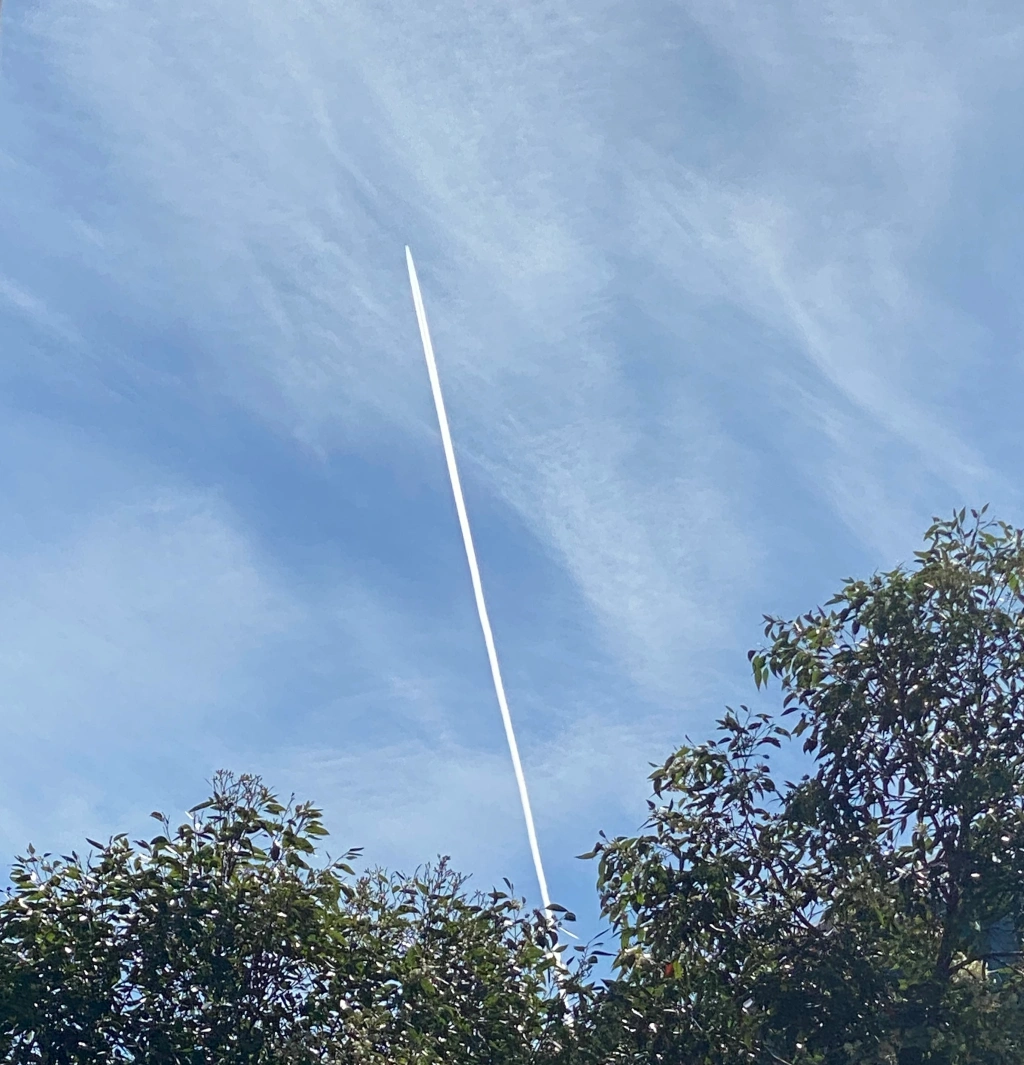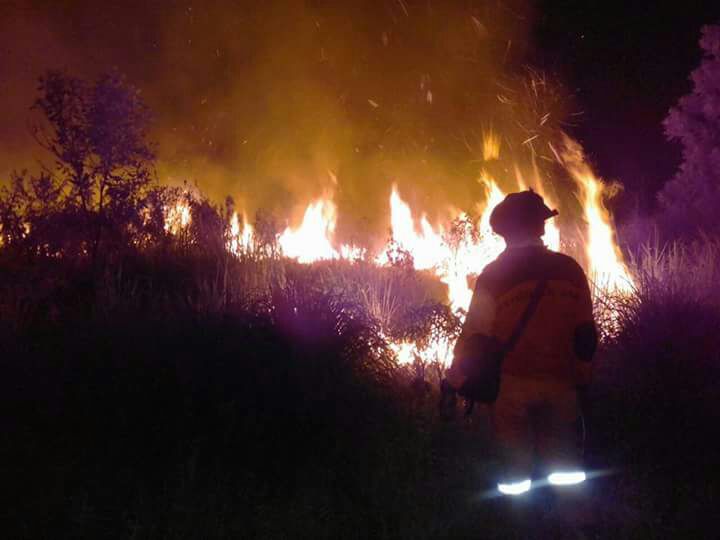Now the election campaign has passed I’m still reflecting on why there was so little mention of Foreign Affairs. Quite extraordinary really, considering what’s going on the in the world. Tension is still high in the Koreas; Iran moves further ahead in its nuclear development; Israel and the Palestinians are resuming talks, in the USA; there’s a huge flood in Pakistan affecting up to 21 million people and confronting a highly unstable region with fundamental problems in aid delivery. Meanwhile back in Australia the main concern with things foreign seems to be ‘Boat People’, something that plays out strongly in certain marginal electorates, particularly outer urban and regional, where deficiencies in infrastructure make population, and irregular movements of people, an issue.
Relating to the rest of the world, particularly the Asia Pacific region, has been a recurring theme of this Blog. In particular a major focus has been my attempt to explore Australia’s relationship with Indonesia and our commonly shared region.
Our finite eastern borders
Living here on the east coast of Australia it’s easy to retain a sense that in the land that’s girt by sea, our borders are quite finite. After all we’re a modern nation state with very clear rules about borders and exclusive economic zones. We’re a signatory to various international conventions and treaties that regulate the way we as a nation state relate to the world at large. While the implications of such arangements must sometimes be tested, by and large we enjoy a formal and concrete sense of what is ours, where it is and how this fits in to the rest of the world. If only it was all so simple. It certainly seems to be this simple from the vantage point of our island continent’s eastern coastal margins. Some 80% of Australians live within 50 kilometers of the continent’s eastern and south weastern coastline.

An Island in only the most static sense
Although it’s undeniable that ‘our home is girt by sea’, our home is an island only in the basic and static sense. In reality, both biophysically and socio-culturally there is constant interaction between this Australia and what surrounds us. Tropical cyclones sweep in from the Indian Ocean or the Coral Sea. Ocean currents, part of a vast global circulations influence our weather and climate. Traditional fishers from the Indonesian archipelago continue to visit Australian waters while our border with New Guinea is a culturally arbitrary one. Indeed this resolved abruptly into yet another clear image a few days ago when I began to plan a trip to the Torres Strait. My brother, long fascinated by ther fact that Erub island was once called Darnley Island, our family name, made contact with an Indigenous tourism group on the island enquiring about a trip up there to meet the people and experience the environment. This started me exploring the area using Google maps.
Erub island itself is clearly a small tropical island. It seems to have an extensive barrier reef to the north east and looks like an extraordinary place to visit.
Looking at Erub Island in context is an entirely different matter.
Erub is pretty much New Guinea, in a biogeographical sense. The Indigenous people that live in the Torres Strait have been travelling around these waters for a very long time. I don’t know what they call Torres Strait, I guess I’ll find out soon enough. One thing’s for sure about the northern coastline of Australia, it’s monsoonal. What this means is that in the Wet Season there’s often no distinction between land and sea. The same thing happens in monsoonal Asia, vast stretches of the northern coastline of Java disappear in the wet. The same is true of other stretches of Australia’s northern coastline. For example, to see the coastline of Kakadu one doesn’t go in the Wet.

Our Northern Shores
Unfortunately, some Australian’s imagine that we inhabit a land whose national borders confer such a manifest degree of separateness that with a judicious border protection policy in force we need make scant adaptation to the political and cultural realities of our region. These attitudes are most often associated with somewhat simplistic and monochromatic understandings of region. A typical example is the fear of Indonesia. Without a the sensitive lens of a sound education in regional matters many Australians have difficulty discerning the cultural complexity of this remarkable archipelagic state. Since it’s the world’s largest Islamic country they’re inclined to regard it as a place of hostility where fundamentalist terrorists roam free. Certainly events like the Bali bombings and the attack on Australia’s Jakarta Embassy might seem like confirmation yet the reality is far from this. As background see my earlier posts such as Pancasila and religious Tolerance in Contemporary Indonesia
Fortunately such attitudes are declining, yet they persist and many Australians are still apt to be fearful of things that arrive on our shores in an irregular fashion, particularly if sea born. Such arrivals are apt to stimulate responses like We will decide who comes to this country and the circumstances in which they come. John Howard, Prime Minister of Australia, 6 December 2001.
At its best this sense of separateness expresses itself in an array of quarantine measures designed to protect our agricultural and pastoral base from harmful foreign organisms, at worst it’s a disposition that’s susceptible to fear, a search for security in rich and powerful friends, nationalism and triumphalism. In more recent years with the increasing cultural diversity of the Australian society even some Australians of non European descent have been inclined to such fortress views. Despite the inclination of some to shut the door behind them, or attempt to maintain various forms of racial, ethnic or cultural homogeneity, on the whole we’ve remained open to the new on grounds that are both utilitarian and compassionate.
An ageless porosity
Moving further to the west, the porosity of our borders is no less diminished. Much of the Sahul Shelf was dry land up until the end of the last Ice Age. The margins of the Arafura and Timor Seas are the sites of antiquity with much evidence of human habitation dating back as far as 30,000 BP. Neighbouring New Guinea is thought to be one of the cradles of agriculture. For many of the indigenous and long term residents of this region, the notion of nation state is very recent.
The porosity and uncertainty of the area is well illustrated in the following Sydney Morning Herald article. Published on 23 September, 1846 the article The Indian Islandss, provides erudite comment on the uncertainty and intrinsic instability of sovereignty within the region.
The Dutch, on again becoming masters of Java and their old possessions in the archipelago, were assiduous in attempting to acquire a control over those which lay adjacent, and still remain subject to their native Rajahs. From these they, in several instances, procured a nominal acknowledgement of supremacy, and bound them not to trade with any other Europeans. Such pledges, given in ignorance and without substantial consideration, could not reasonably be expected to be kept. Good faith must be reciprocal; and consequently violations of the compacts took place, first in the form of smuggling, and, when this was attempted to be suppressed, next in the form of disturbances. The Dutch had great difficulty in maintaining their various posts, indeed were obliged, on account of the expense, to withdraw many of them; and were obliged also to keep a constant cruising force in these troubled waters. These cruisers, if they have supported tyranny, have likewise rooted out innumerable pirates, whose daring attacks the British were too remiss, till of late, to punish.
In February this year I wrote a post entitled Indonesia and Addressing Asia Literacy in Australia. It explored, in part, the circumstances of fishermen from West Timor and Roti and the way in which economic adversity and debt was leading them to engage in what we call ‘People Smuggling’.
My point was that Indonesian fishermen are often drawn into the smuggling of people into Australian waters because of dimishing fish stocks and high interest loans on fishing boats. Now another important factor has placed them under greater pressure.

Environmental basis of people smuggling
In August 2009 the Montara Oil Field near the Cartier and Ashmore Islands, south west of the Sahul banks region of the Timor Sea, exerienced a major oil leak and fire. Sadly, this is an area of significant biodiversity and ecological significance. “The Sahul Banks are a carbonate rim-shelf about 70m deep. More than 70% of the carbonate banks in Australia occur in this bioregion and are thought to be “sites of enhanced biological productivity” (Australian Government, 2008). The oil spill has caused significant ecological damage to marine and coastal environments.
A slide show of the Montara oil rig fire and spill.
The ecological diversity of this area contributed directly to its importance as a traditional fishing ground. The region’s coastal margins, as well as reefs throughout the Sahul Shelf area, have long been a source of livelihood for traditional fishers. This livelihood is recognised by the nation State of Australia and arrangements have been made to allow limited traditional fishing within Australia’s EEZ, even on senstive places like Ashmore Reef.
The Montara oil spill and fire has had a damaging ecological impact of the productive coastal waters of West Timor and Roti. The Indonesian government says oil spread for more than 50,000 square kilometres wiping out fish stocks and seaweed farms around West Timor.
Fishermen from West Timor and Roti now have further reason to seek a amelioration of their difficult economic situation through ‘People Smuggling’.
It’s my contention that there remains an enduring ignorance of region that clouds efficient policy development on a range of matters, principally regional foreign policy, and burdens the minds of Australians with misinformation and fear. Unfortunately this isn’t all. Poor knowledge of the biogeographic and cultural transitions between Australia and region also leads to policy failures in the Environmental and Cultural spheres.




Leave a comment